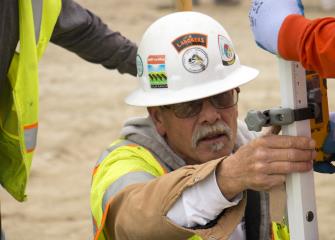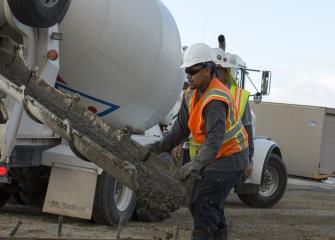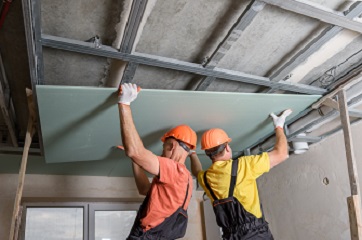Summary
Please enable javascript to play this video.
| Quick Facts: Construction Laborers and Helpers | |
|---|---|
|
$44,310 per year
$21.30 per hour |
|
| See How to Become One | |
| None | |
| Short-term on-the-job training | |
| 1,624,800 | |
| 4% (As fast as average) | |
| 57,900 | |
What Construction Laborers and Helpers Do
Construction laborers and helpers perform tasks, such as using, supplying, or holding materials or tools and cleaning work areas and equipment, on construction sites.
Work Environment
Most construction laborers and helpers work full time, and schedules may vary. Their jobs are often physically demanding and may require being outdoors in all weather conditions.
How to Become a Construction Laborer or Helper
Construction laborers and helpers learn on the job. Although formal education is not typically required, some employers may prefer to hire candidates who have a high school diploma or the equivalent.
Pay
The median annual wage for construction laborers and helpers was $44,310 in May 2023.
Job Outlook
Overall employment of construction laborers and helpers is projected to grow 4 percent from 2022 to 2032, about as fast as the average for all occupations.
About 151,400 openings for construction laborers and helpers are projected each year, on average, over the decade. Many of those openings are expected to result from the need to replace workers who transfer to different occupations or exit the labor force, such as to retire.
State & Area Data
Explore resources for employment and wages by state and area for construction laborers and helpers.
Similar Occupations
Compare the job duties, education, job growth, and pay of construction laborers and helpers with similar occupations.
More Information, Including Links to O*NET
Learn more about construction laborers and helpers by visiting additional resources, including O*NET, a source on key characteristics of workers and occupations.
 United States Department of Labor
United States Department of Labor











